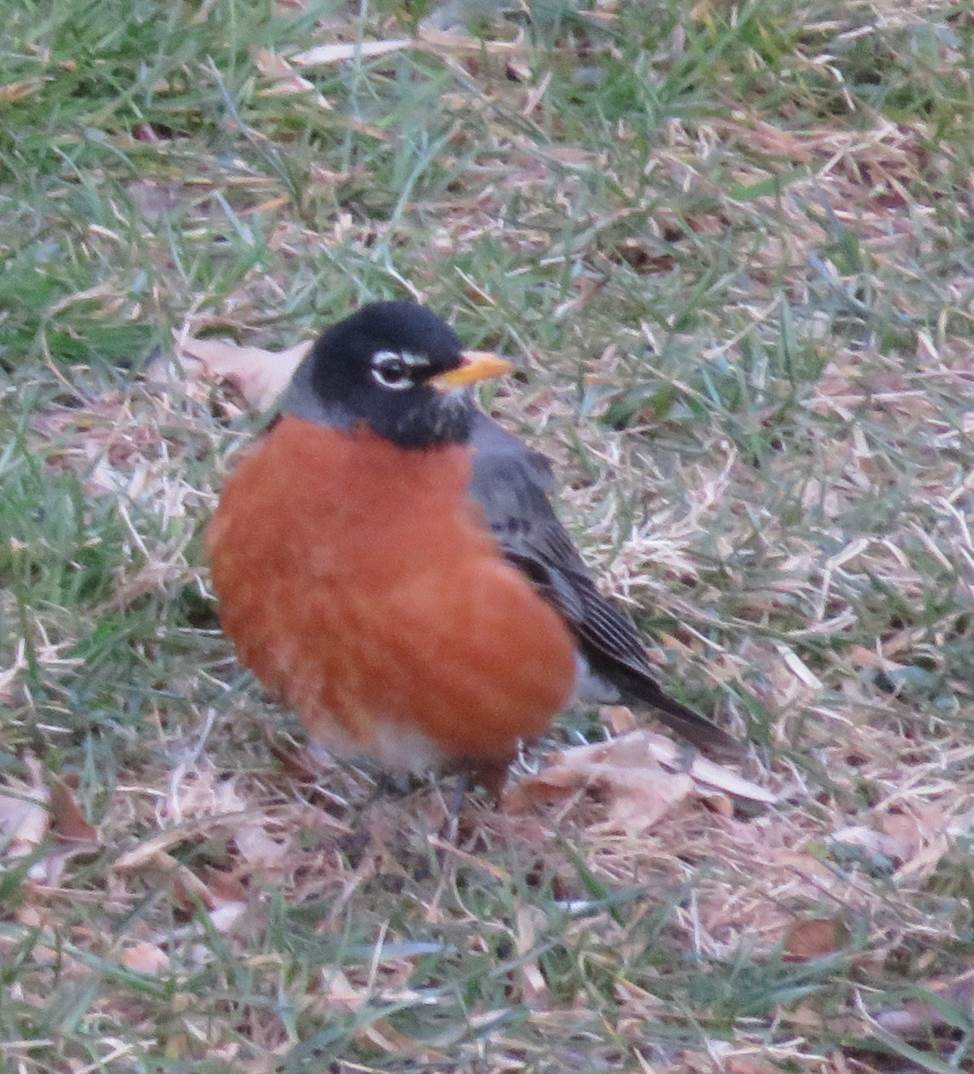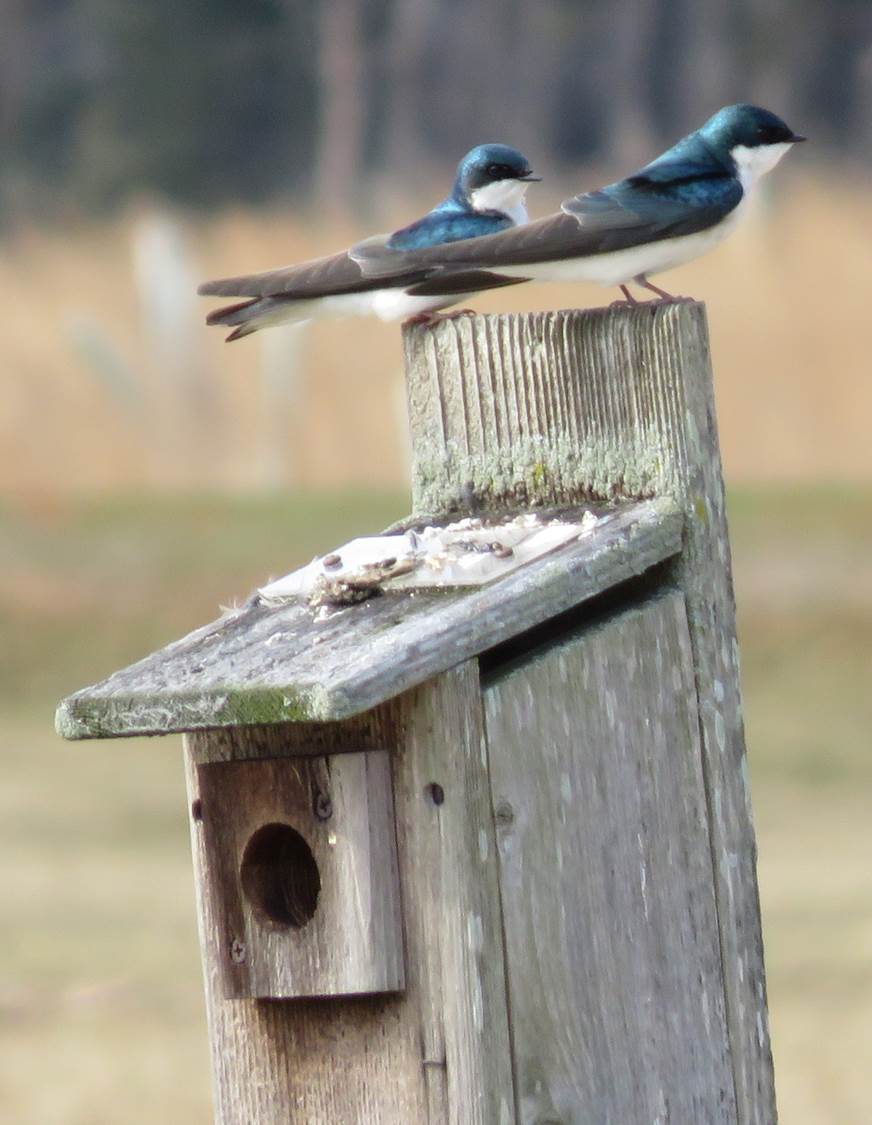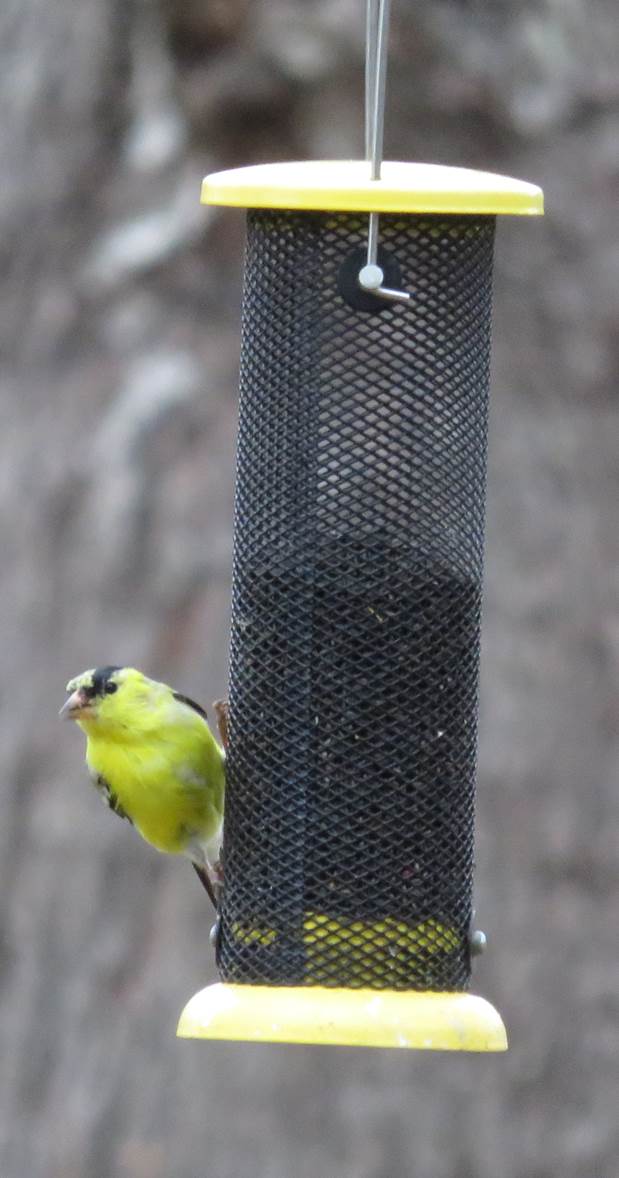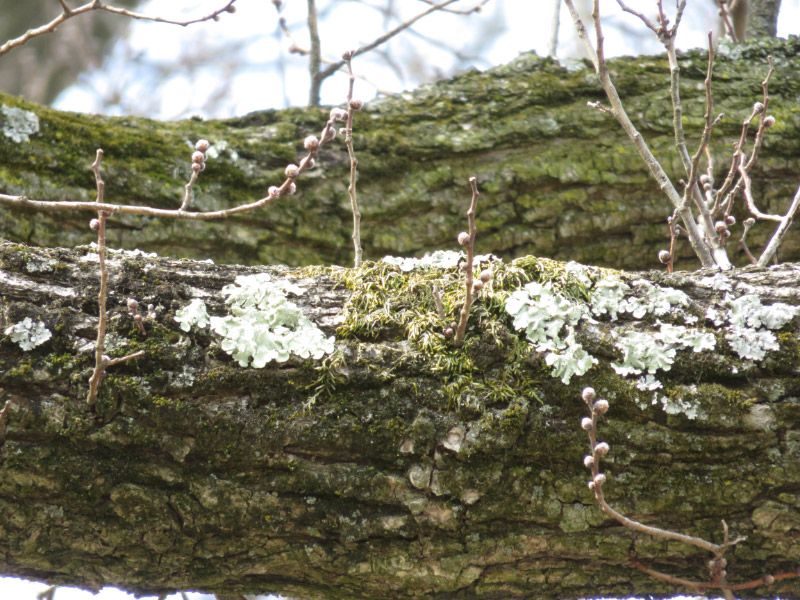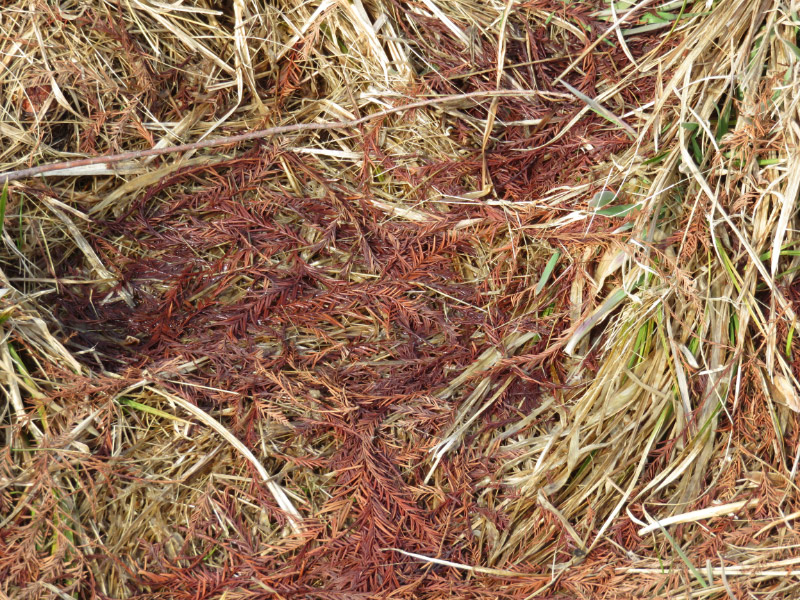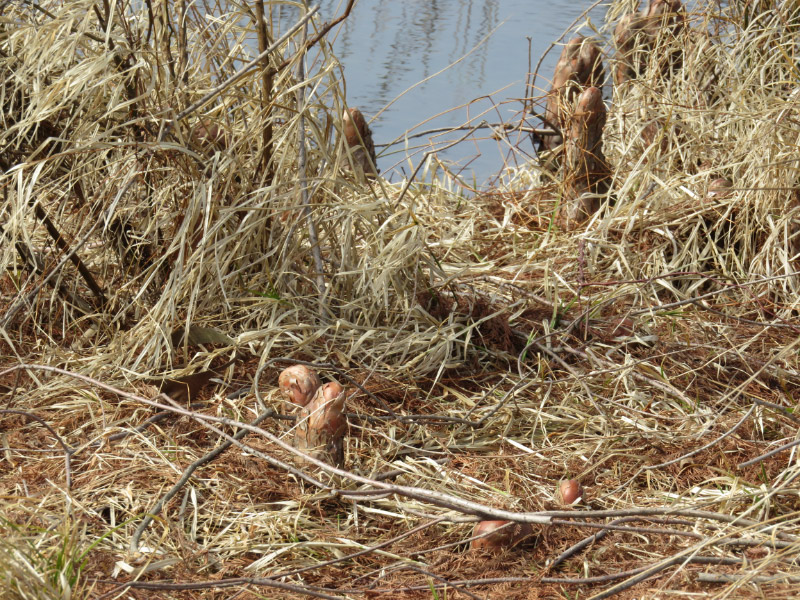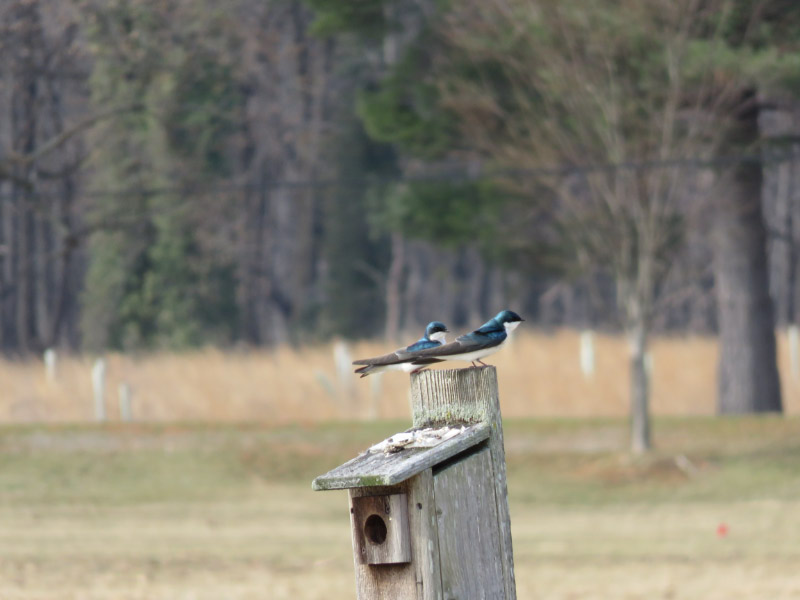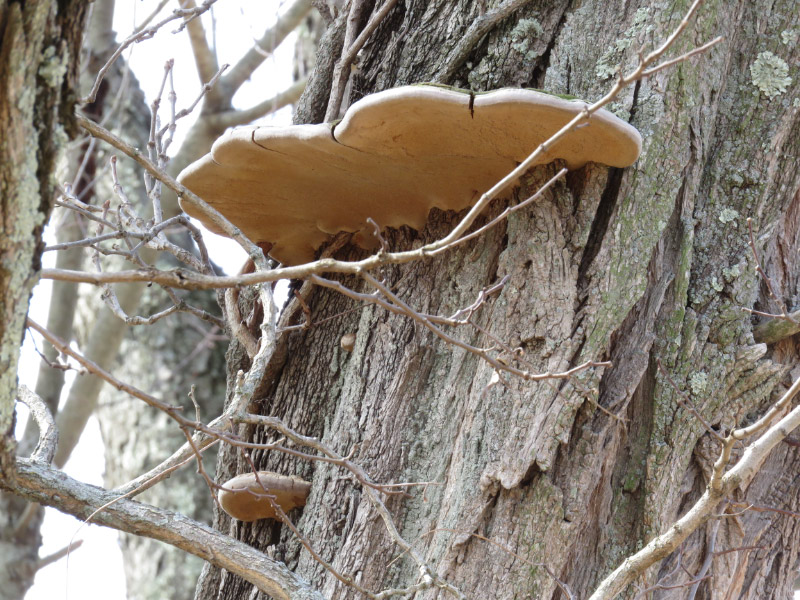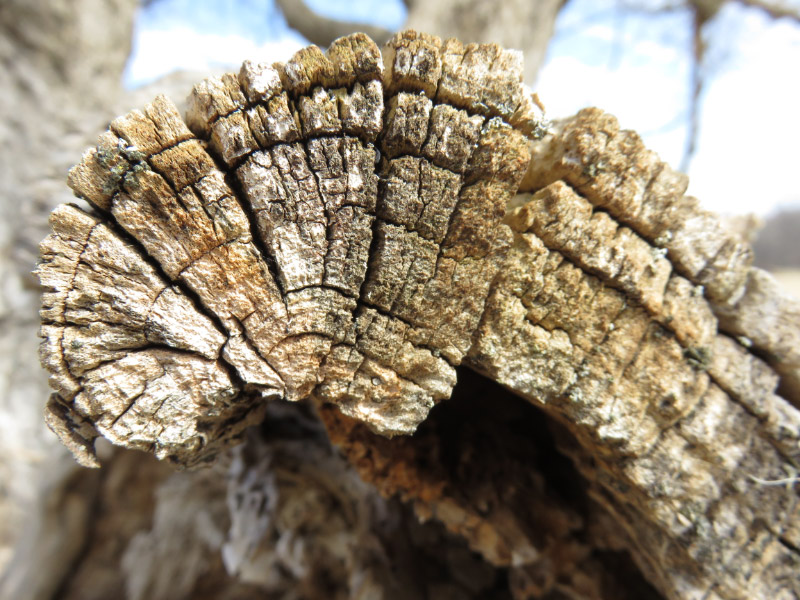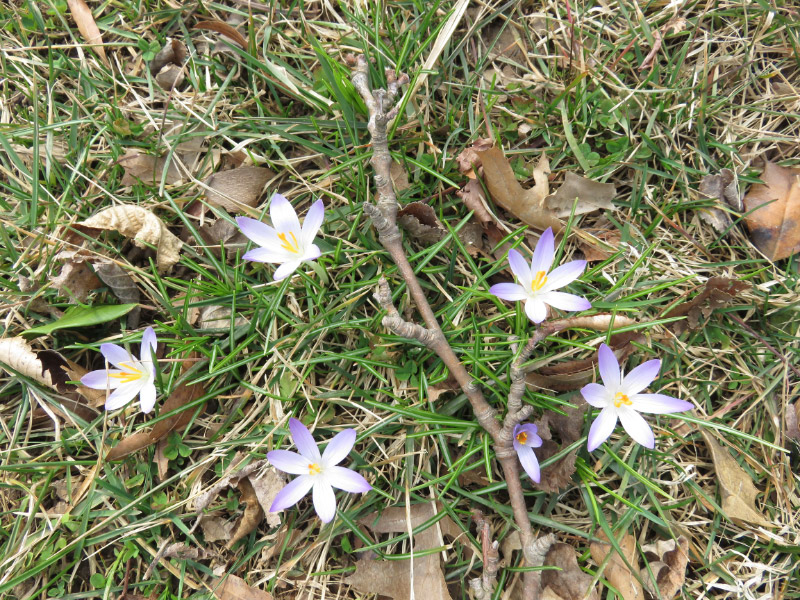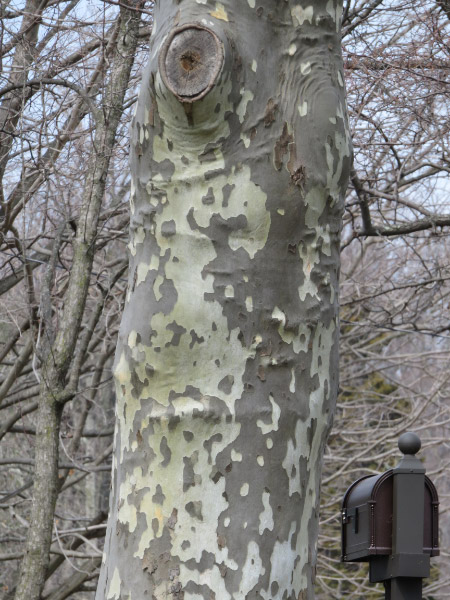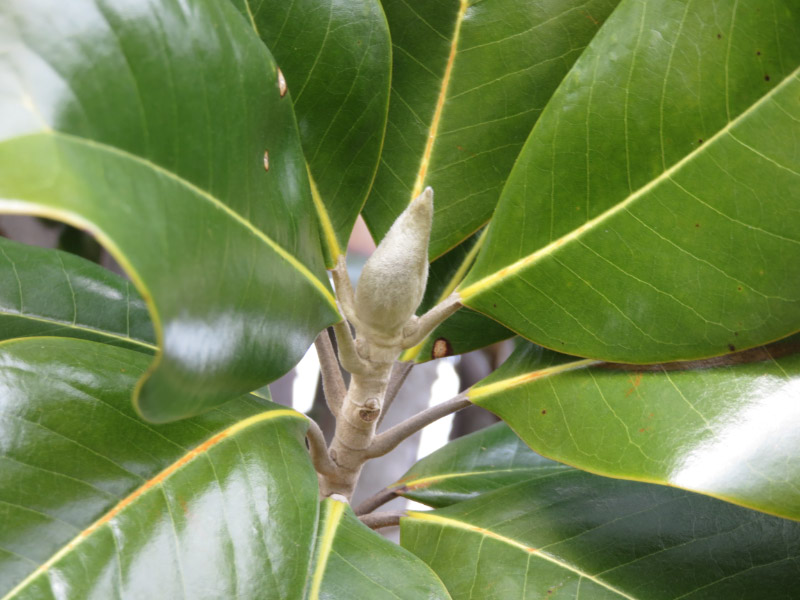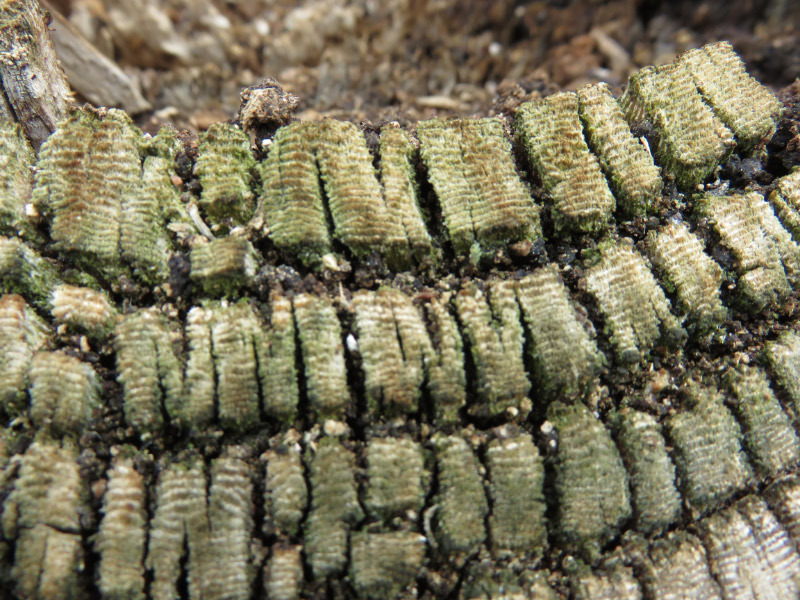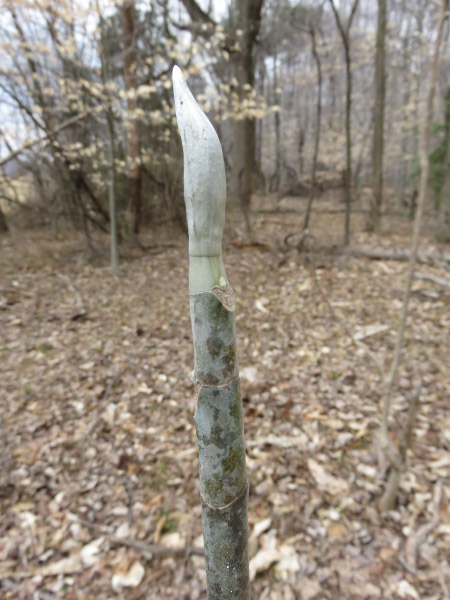Master Naturalist Training - Week 8
/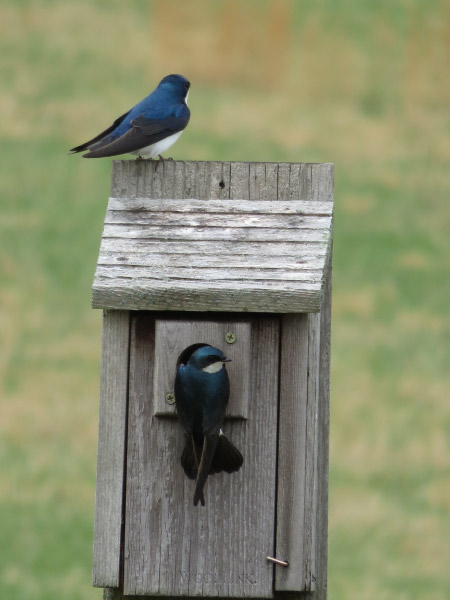 This past Wednesday was the last Master Naturalist - Hurray! I’m just getting started on the take home ‘final’ that we have 2 weeks to complete….not an enjoyable aspect of the course but required. The day was cloudy but relatively warm and dry; it was best weather for a class day.
This past Wednesday was the last Master Naturalist - Hurray! I’m just getting started on the take home ‘final’ that we have 2 weeks to complete….not an enjoyable aspect of the course but required. The day was cloudy but relatively warm and dry; it was best weather for a class day.
The topics for the day were weather and climate for the morning and ornithology for the afternoon. We took weather related measurements as our outdoor activity in the morning…and I was too busy to take pictures. In the afternoon we took a bird hike. We saw vultures (black and turkey) in the sky….tree swallows…red wing black bird…blue birds…mockingbirds ---- maybe more. The only relatively good picture I got was of the swallows; this pair was starting a nest in the box.
Following up on the amphibians and reptiles lecture (when it rained so hard we did not outdoors for a hike) - we found a snake on this last hike!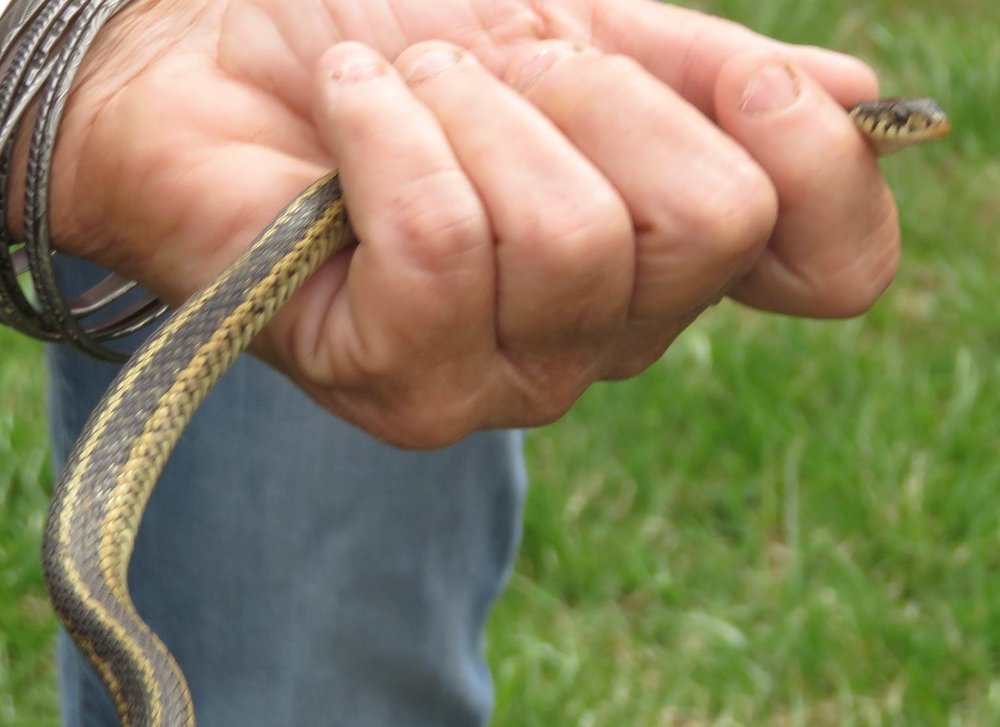
And of course lots of the trees had popping buds: spice bush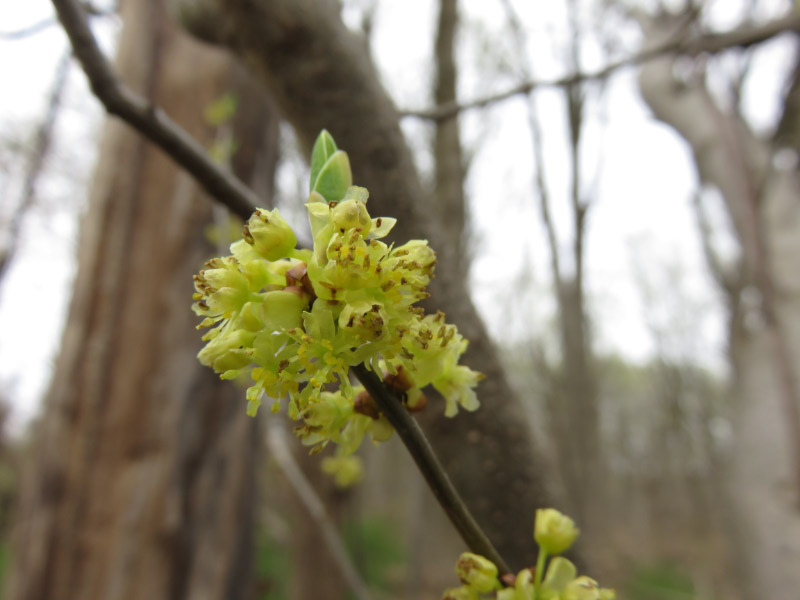
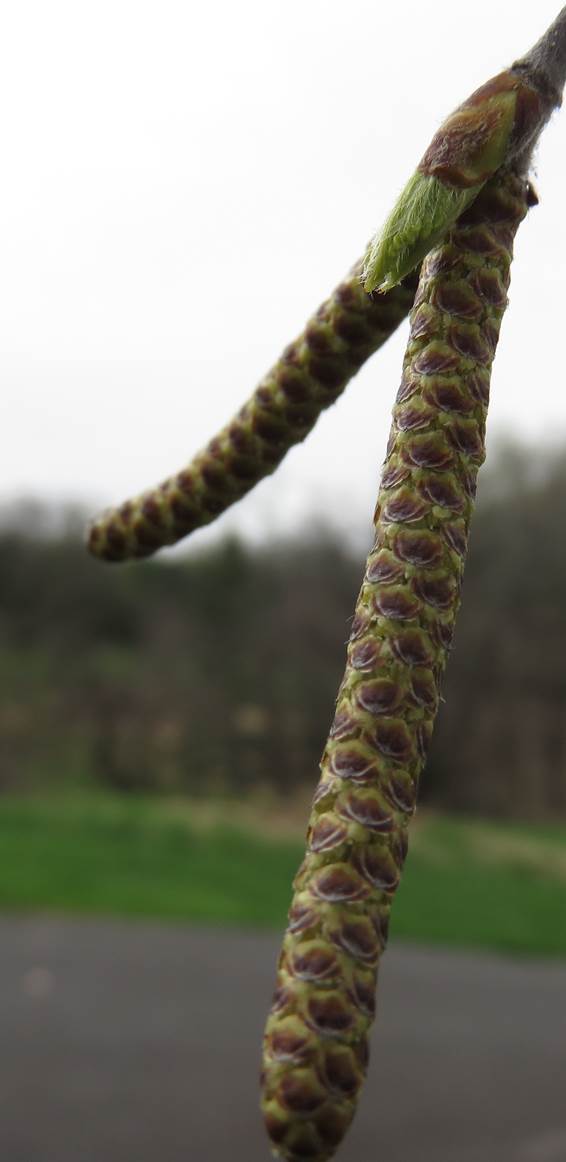 River birch
River birch
Tulip poplar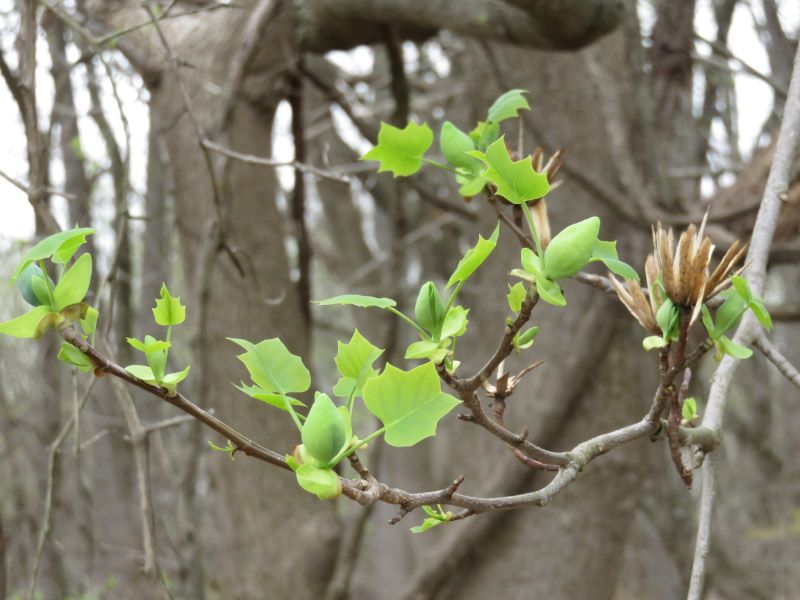
Having an hour outdoors at the end of the class was a good finale!

